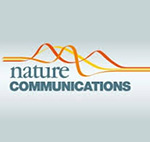In collaboration with Xuemei Chen’s lab, we report the function of microRNAs in thermomorphogenesis in Nature Communications! Congratulations to Qing, Lusheng, Tianxiang, Yongjian, and Juan!
In collaboration with Xuemei Chen lab, our new article published today in Nature Communications unveils a previously uncharacterized function of microRNA156 in the plant's phenotypic plasticity in response to environmental temperature and light changes. Read the article here. MicroRNAs (miRNAs) play diverse roles in plant development, but whether and how miRNAs participate in thermomorphogenesis remain [...]


